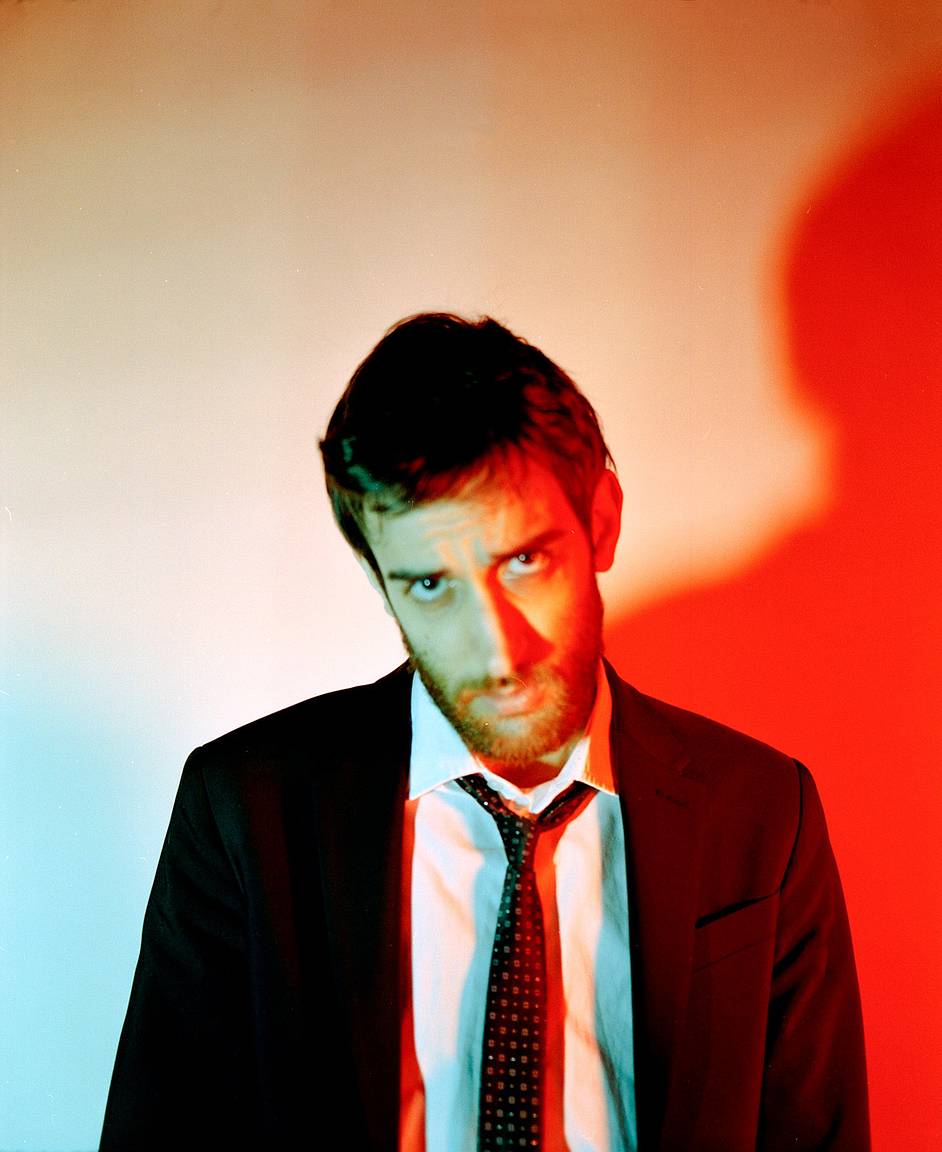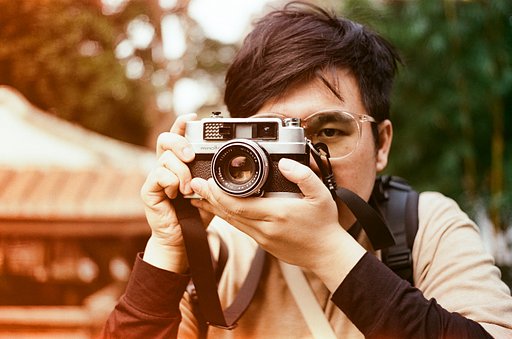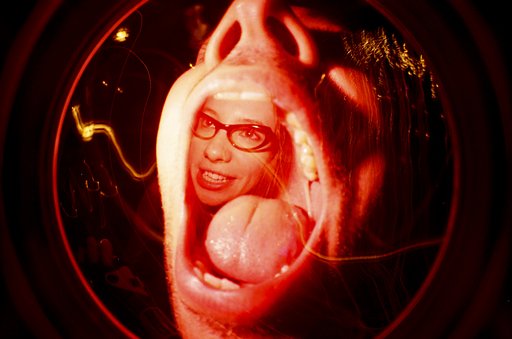Lomography Meets Carlo Maria Silletti
5 Share TweetPhotographer Carlo Maria Silletti tells us about his latest project: the study, through shots made with the Lomography Color Negative 800 ISO film, for the poster of the short film "Che Silenzio c'è Stasera".
Hi Carlo, welcome to Lomography! Tell us about yourself, how old are you and where are you from?
I'm 24 years old, I was born in Taranto but I now live in Policoro, a town in the province of Matera, Italy.
Tell us about your photographic background. What is your story? When did you start photographing?
I started taking photographs in 2018 when a dear friend of mine (ciao Frank!) showed me a sample of a Yashica Electro 35. I was bewitched by the design of that camera, so I decided that I too would take photographs with such an object in my hands. I immediately searched for my parents' old Olympus OM101 (a camera they were very fond of and with which they documented, among many other things, their honeymoon) and started shooting my first roll of film.
Before that, I had never taken pictures, except with my smartphone, and I had never owned a digital camera, simply because photography didn't interest me. After two weeks I looked at the results of my first roll of film; and I was struck by those colors, their atmosphere.
My mind went back to the times when I used to go through old family photo albums with my mother as a child. And even then I felt nostalgia for those moments, still on paper, of times gone by. However, instead of continuing on that path, I decided to go deeper into photography by investing in a digital camera. For a year I continued to take photos in this way, forgetting about film (this was also due to the long time needed for its development), studying, and trying to develop my own personal style.
Eventually, 2020 was a crucial year that impetuously shaped my way of understanding photography: I decided to start working on projects, trying to create stories through my images. Above all, I decided to work more slowly, trying to regain possession of the medium with which it all began: film. For all of this, for all of the conversations and support, I have to thank and salute my friend Dino. In early August 2020, I also began developing and scanning negatives myself at home: this gives me the absolute creative freedom I needed.
In an undeniably digital age, why do you shoot on film?
Shooting on film is first and foremost, for me, an expedient to develop a mentality based on being concept-oriented. Before taking a picture I usually take some time, and film meets this need. It gives me time to breathe, without the anxiety of having to check the digital display after each shot. Secondly, I love the physical approach of being able to touch the essence of a photo, to examine the negative; even just the act of loading the film onto the camera gives me chills. Last but not least, the colors and details on shadows and highlights. The wide dynamic range and the latitude of exposure of a negative film are characteristics that I can no longer do without.
How did your collaboration with film director Giuseppe Daniele Amalfi start?
With Giuseppe Daniele Amalfi there is, first of all, a relationship of friendship besides the fact of being colleagues. I wasn't interested in his project — the short film "Che Silenzio c'è Stasera" — from the beginning, but after seeing some clips and being on the set, I wanted to be involved and I offered to take care of the promotional part and the color correction. So I took some photographs with the aim of creating a poster for the short film and others to advertise the product on various online platforms. It was a lot of fun and there was a lot of cooperation, I'm happy about that, and I wish Giuseppe the best for this and his future projects.
What camera and equipment did you use for these photographs?
I used a medium format analogue camera, the Mamiya RB67, a very heavy camera! I used a medium format because of the size of the negative that it produces, this allows me to have many advantages especially for the fact that I can make large prints. I used the Lomography Color Negative 800 ISO. Having to work in low light conditions and need a high sensitivity film I chose the Lomo 800 to have at the same time extremely vivid colors to emphasize the high lights (necessary to recreate the crime atmosphere of the short film) and extraordinary details on the shadows.
What's your favorite camera?
Just in the last few days I started working with the Mamiya RZ67, the natural evolution of the RB67. For the medium format, I think it's the camera I'm most comfortable with mainly because it's a bit lighter than the RB and has a much brighter viewfinder than the RB.
Is there a photographer you particularly like?
In general, I study and explore with interest the work of photographers who combine pure documentary and fine art photography, for example, Stephen Shore and Larry Sultan. If I had to choose just one though, I would choose contemporary photographer Alec Soth without a shadow of a doubt. Browsing through his "Sleeping by the Mississippi" is truly a cathartic experience.
Do you have any new photographic projects planned for 2021?
I definitely have ideas for some projects to be completed in 2021, hoping that the epidemiological situation will allow me to do so. I will always continue to work on film so, a good resolution for 2021, is to always save and invest in analogue!

Follow Carlo Maria Silletti on Instagram.
written by melissaperitore on 2021-01-30 in #gear #people #film-photography #carlo-maria-silletti


























未有留言